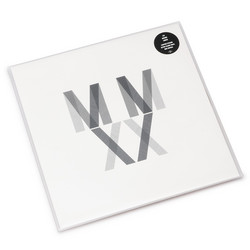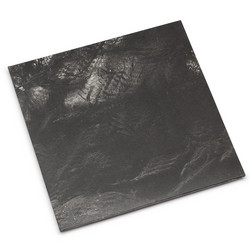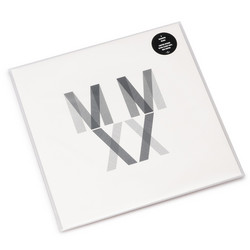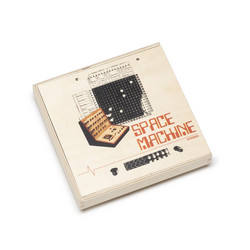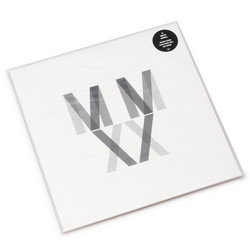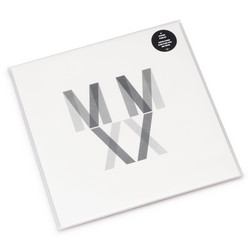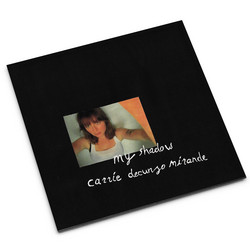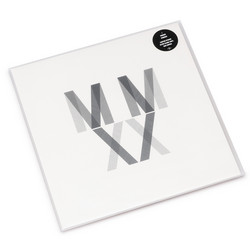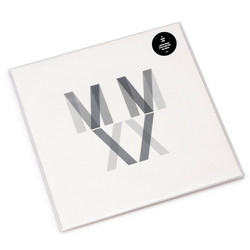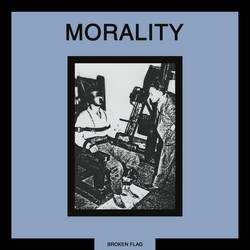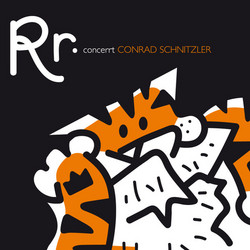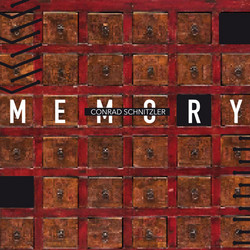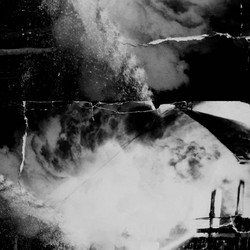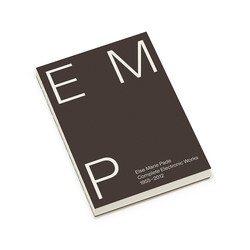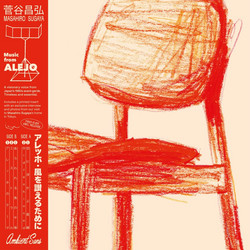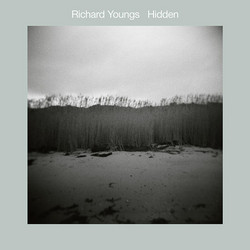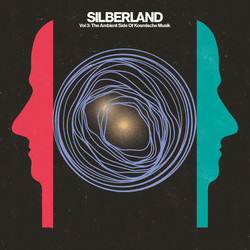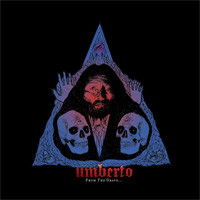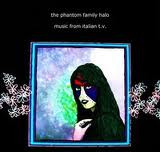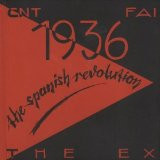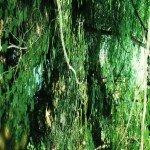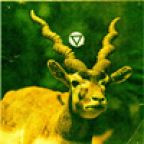**never before released archival material from Chicago's answer to Germany's 70s kosmische/electronic scene, longform excursions of minimal synthetic music reissued for the 1st time** VCSR existed between 1978 and 1984. They weren't a band or a group so much as it was a collective. They never had an official release but recorded over 60 reels of tape from which cassettes were mixed down for their own use or to give to friends. They were to be the first record on the Waxx Traxx label with Al Jourgenson producing but that never came to be. Tape #4 is one of these raw reels recorded in 1979 and 1980. There are overdubs but no edits or redos, it was live onto tape and then maybe a second pass to add leads, etc. Many of the reels are live onto one track only. This was done before they had a mixer.
Most of these reels are now in Washington state and some are here in Chicago and some are not accounted for.
Instruments used: Arp-2600, Korg MS-20, Rhythm Ace, Yamaha & Farfisa organs, guitar, ElectroComp synthesizers and various other keyboards and effects." - Bil Vermette
Bil Vermette is working in his fifth decade in Chicago, playing and recording synthetic music that ranges from abstract, cosmic tones to expressive, even new wave rhythms. New appreciation of Vermette’s work largely began a few years back, as original stock copies of his Katha Visions album surfaced (Rainforest Productions). Permanent Records reissued that album, and now turn to an archival issue from Vermette’s experimental group, VCSR. Tape #4 proves as elusive as the late-1970s, early-1980s ensemble, as it is simply one of many tapes produced by VCSR that are unreleased. From their own collection of tapes, this album features three compositions, which includes two extended performances. These mysterious recordings are titled by number, “#41,” “#26,” and “#32,” which adds to the archival feel of the release. Unlike Katha Visions, listeners will find synthetic and electronic playing that is less narrative or structural. Tape #4 meanders and expands throughout its longest compositions, giving the listener every opportunity to explore the spaces between subtle, trickling tones. While Vermette’s name might currently be most readily recognized, working as a quartet also gives VCSR a chance to add a collaborative, engaging element to their sounds, deliveries, and compositions.
“#26” is the first long composition, and its sparse layout feels more radical after the dramatic, but brief, opening cut. “#41” softly descends through a set of lead lines, which stand prominent against swelling background rhythms. Completely void of percussion, there are no rhythms other than the imprints of machines, which produces a surprisingly inviting experience: the listener can wander along, carefully feeling the edges of these evolving notes. In this environment, a shift in sustain, or a jump from descending to ascending notes, feels severe and carefully planted. However, these changes are not confrontational, which means that the listener has a chance to engage with a fragile feeling. This fragile feeling is precisely what unfolds throughout “#26,” which essentially is an everlasting series of layers and textures. Here, there does not seem to be a specific lead line or story until the end of the song, but the constant developments between each sound form an infrastructure or ecosystem. This fragility lends these synthetic tones an organic, warm sense, giving the listener a chance to interpret the electronics into the veins of nature before they turn to outer space. Perhaps this is the most radical development throughout Tape #4, as VCSR consistently present accessible, grounded visions with their compositions.
